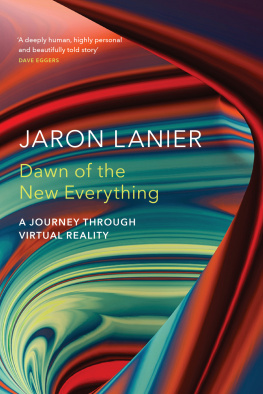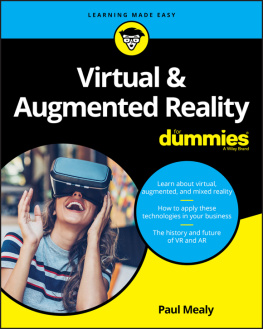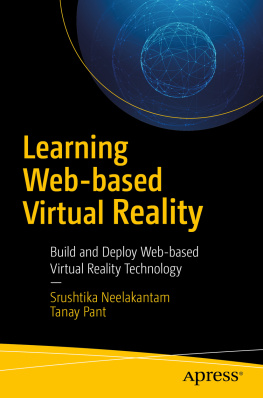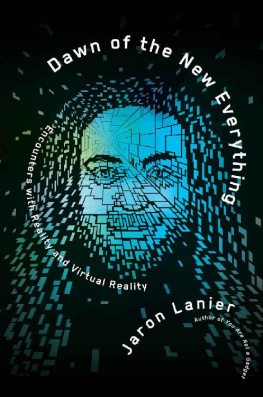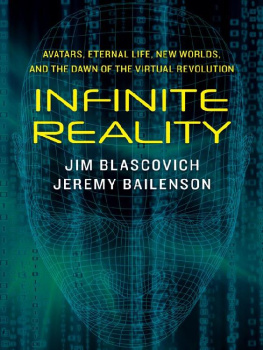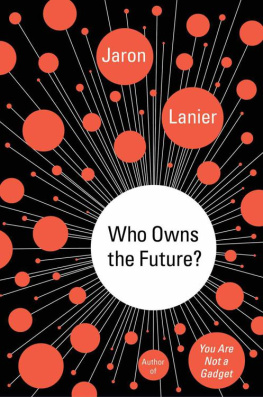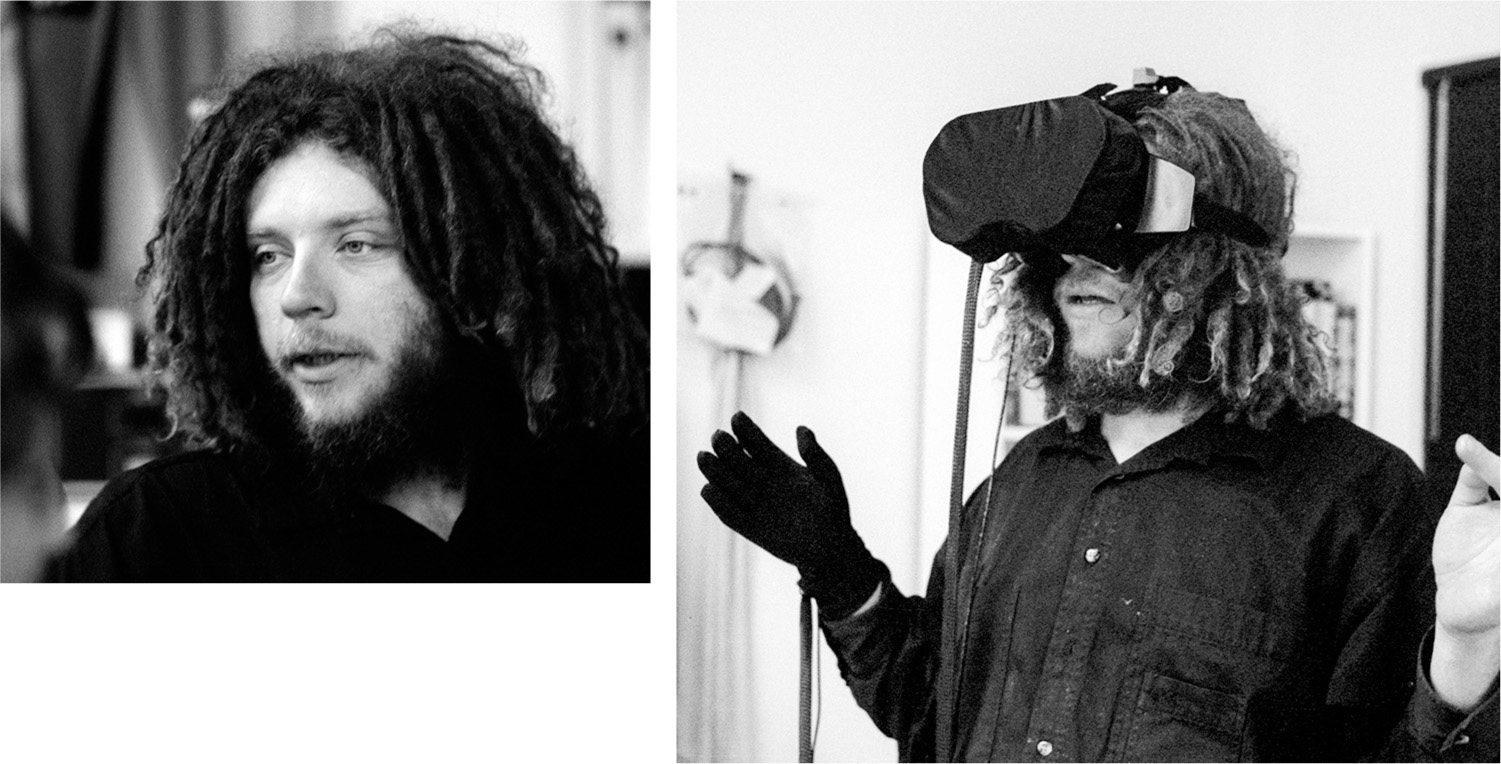Dawn of the New Everything
A JOURNEY
THROUGH
VIRTUAL REALITY
JARON LANIER

To everyone mentioned in this book and the many more I wish Id been able to mention: thank you for giving me my life.
Preface: Virtual Realitys Moment
It was the late 1980s, and a large envelope with a formidable DO NOT X-RAY sticker had just been dropped through the slot of the front door of a tech startup in Redwood City, California. The envelope contained a floppy disk that held the first digital model of a whole city. We had been waiting all morning. Jaron, its here, get to the lab! One of the engineers rushed to snatch the envelope before anyone else could get at it, sliced it open, ran to the lab, and slid the disk into a slot in a computer.
It was time for me to enter a brand-new virtual world.
I squinted up at my hand against a perfectly clear blue sky. My gargantuan hand, soaring above downtown Seattle. It might have been a thousand feet from wrist to fingertip.
There was a bug, obviously. A hand should be about the right size to pick up an apple or a baseball, not bigger than a skyscraper. You shouldnt have to measure a hand in feet, much less thousands of them.
The city was abstract. This was in the early days of VR, so plasticine blocks stood in for most buildings, in a jumble of too-cheerful-for-Seattle colors. The fog was preternaturally uniform and milky.
My first thought was to stop and fix the bug, but instead I took a moment to experiment. I flew down and tried to nudge a ferry on the sparkling Puget Sound. It worked! I had control. Not what I expected. That meant that I could still inhabit my hand when it was preposterously huge.
Once in a while, a bug in VR exposes a fresh way that people can connect to the world and each other. Those are the best moments. I always stop and linger when it happens, to hang on to the sensation.
After a few experiences of VR bugs, you have to ask yourself, Who is it who is suspended in nothing, experiencing these events? It is you, but not exactly. What is left of you when you can change virtually everything about your body and the world?
A bundle of cables connected my EyePhone, through a loop hanging from the ceiling, to a line of refrigerator-size computers that roared to keep cool. I wore a DataGlove on my hand; slick black mesh woven through with fiber optic sensors, and yet more thick cables from the wrist arcing up to ceiling rings. Blinking lights, flickering screens. The EyePhones rubber rings left moist red indentations around my eyes.
I wondered at the strangeness of the world I found myself in, now back in the lab. Buildings in Silicon Valley used to have carpeted walls and cheap Space Age desks with fake wood grain. A faint smell of aluminum and dirty water.
A gang of eccentric technical geniuses converged, impatient to try. Chuck in his wheelchair; a robust, bearded lumberjack. Tom acting all professional and analytical, even though only a few minutes earlier hed been telling me about his crazy adventures exploring San Francisco overnight. Ann seemed to be wondering why she was yet again cast in the role of the only adult in the room.
Did it feel like being in Seattle?
Kind of, I said. Its, its marvelous. Everyone shoved toward the gear. Every little iteration of our project got better. Theres a bug. The avatar hand is hugeby magnitudes.
I never got tired of the simple act of using my hand inside VR. When you could bring your body in there, you were not just an observer, but a native. But every tiny detail of functionality, of figuring out how a virtual hand could hold virtual things, turned out to be a struggle.
Fix a problem with how virtual fingertips mistakenly penetrate objects they are trying to pick up, and you might accidentally make the hand gargantuan. Everything connects with everything. Every tweak of the rules of a new world is a potential setting for a startling, surrealistic bug.
The author as he appeared in the late 1980s outside and inside VR.
Bugs were the dreams within virtual reality. They transformed you.
A moment with a giant hand changed not only how virtual reality felt to me, but how physical reality felt. My friends in the room now looked like pulsing beings, translucent. Their transparent eyes were filled with meaning. This was not hallucination, but improved perception.
Physicality revealed in fresh light.
Introduction
What Is It?
VR is those big headsets that make people look ridiculous from the outside; those who wear them radiate startled delight at what theyre experiencing from the inside. Its one of the dominant clichs of science fiction. Its where war veterans overcome PTSD. The very thought of VR is the fuel for millions of late night reveries about consciousness and reality. Its one of the only ways, for the moment, to raise billions of dollars fleetly in Silicon Valley without necessarily promising to spy on everybody.
VR is one of the scientific, philosophical, and technological frontiers of our era. It is a means for creating comprehensive illusions that youre in a different place, perhaps a fantastical, alien environment, perhaps with a body that is far from human. And yet its also the farthest-reaching apparatus for researching what a human being is in the terms of cognition and perception.
Never has a medium been so potent for beauty and so vulnerable to creepiness. Virtual reality will test us. It will amplify our character more than other media ever have.
Virtual reality is all these things and more.
My friends and I founded the first VR startup, VPL Research, Inc., in 1984. This book tells our story, and explores what VR might mean to the human future.
The first virtual reality system, according to the original definition, in which multiple people cohabited a virtual world at the same time. This was VPLs RB2, or Reality Built for Two. In the screens behind each person, you can see how they see each other as avatars. This photo is from a trade show in the late 1980s.
Recent VR enthusiasts might exclaim, 1984, no way! But its true.
You might have heard that VR failed for decades, but that was true only for the attempts to bring out a low-cost, blockbuster popular entertainment version. Just about every vehicle youve occupied in the last two decades, whether it rolls, floats, or flies, was prototyped in VR. VR for surgical training has become so widespread that concerns have been expressed that its overused. (No one would suggest that it shouldnt be used at all; its been a success!)
What Can a Book Do That VR Cant, at Least as Yet?
The romantic ideal of virtual reality thrives as ever. VR the ideal, as opposed to the real, technology weds the nerdy thing with the hippie mystic thing; its high-tech and like a dream or an elixir of unbounded experience all at the same time.
I wish I could fully convey what it was like in the early days. There was a feeling of opening up a new plane of experience. Inhabiting the first immersive avatars, seeing others as avatars, experiencing ones body for the first time as a nonrealistic avatar; these things transfixed us. Everything else in the tech world was dull in comparison.

